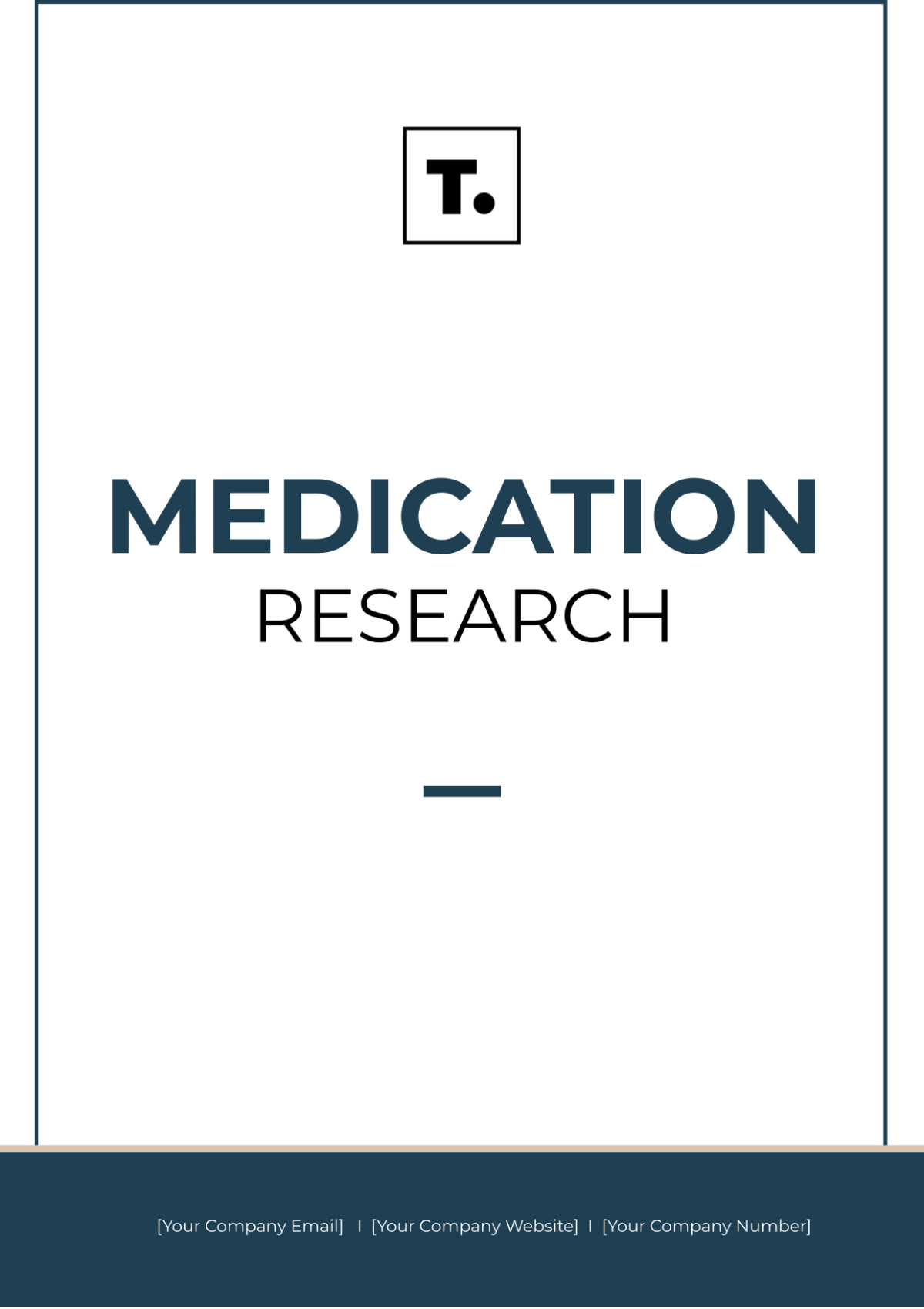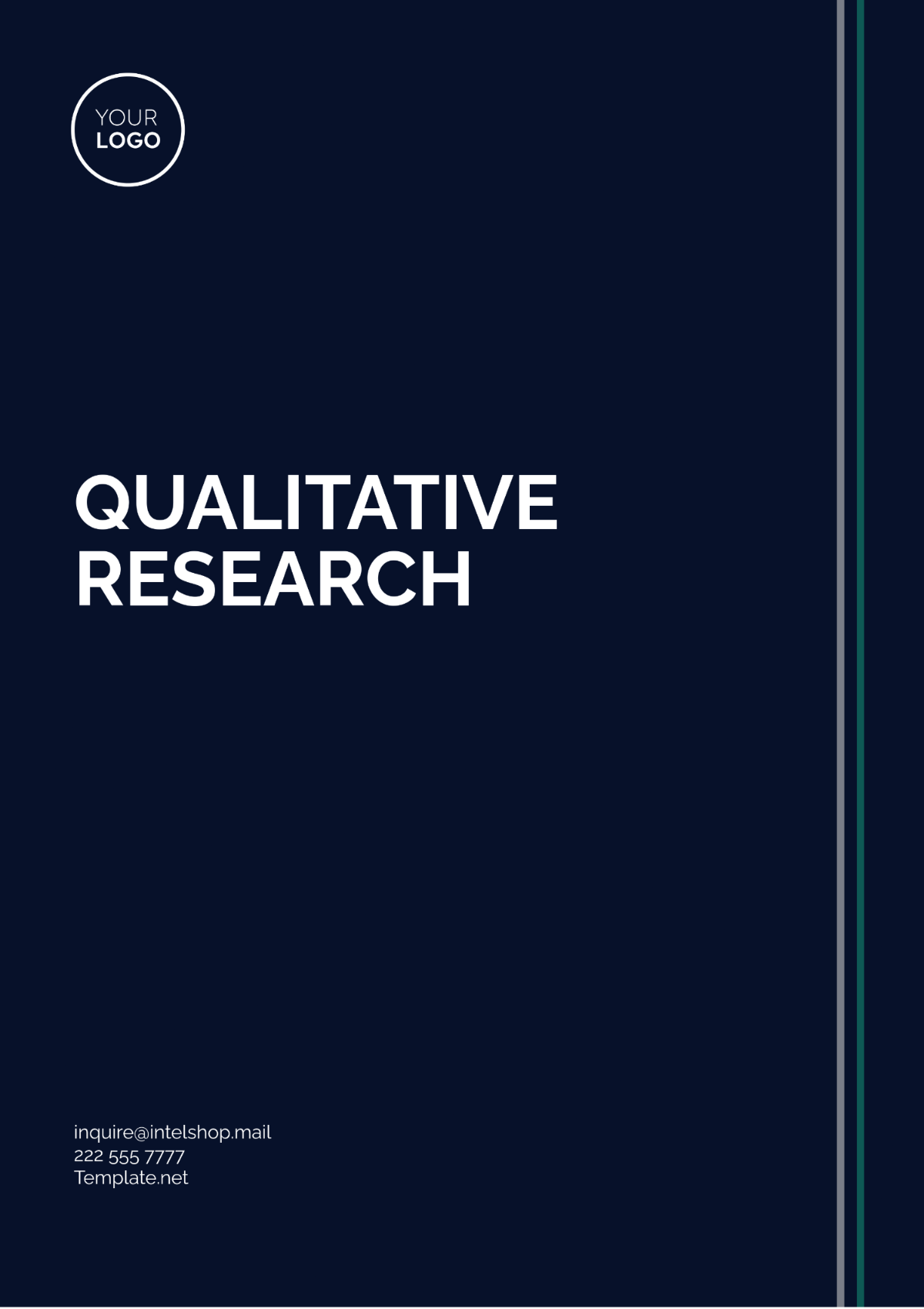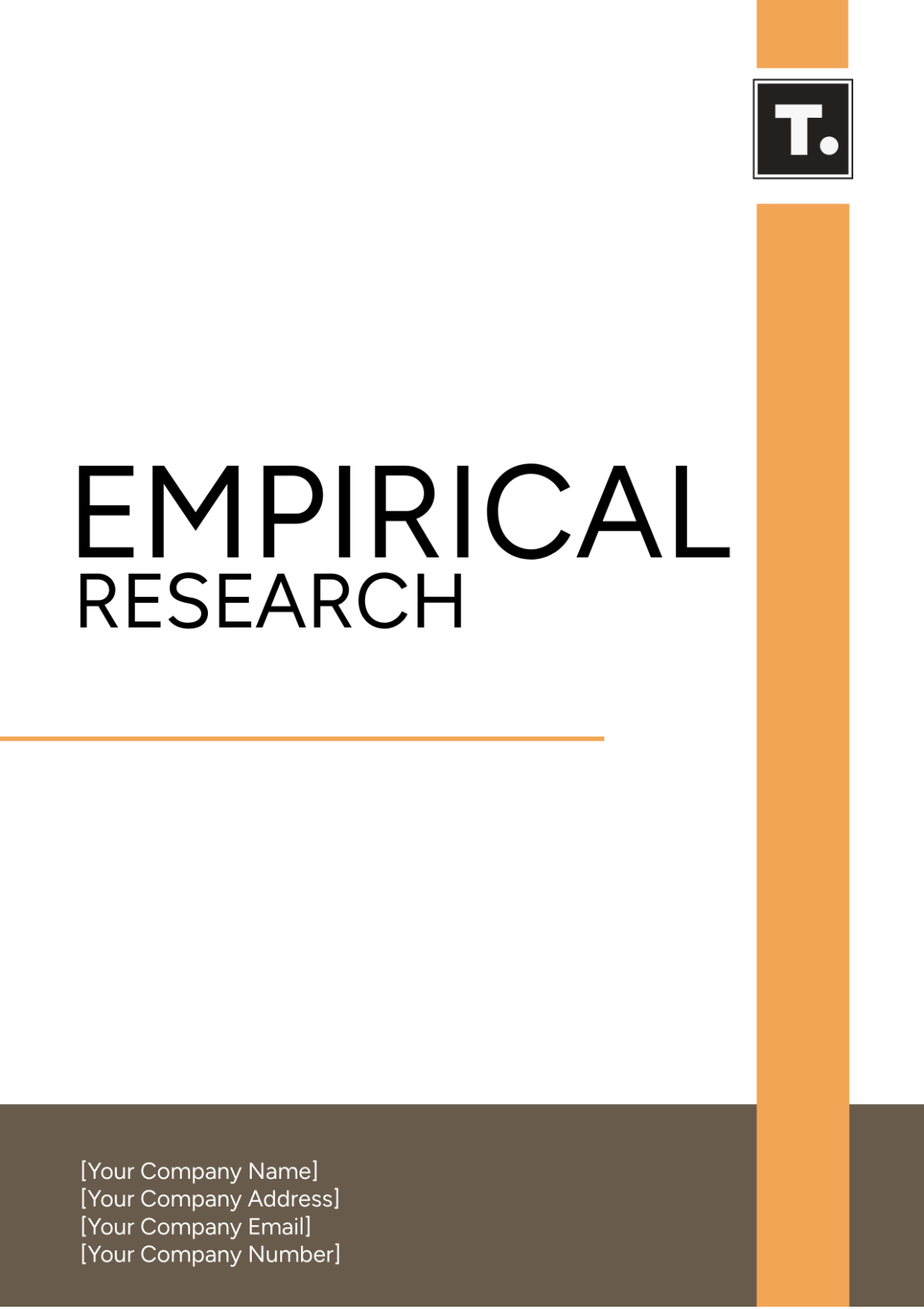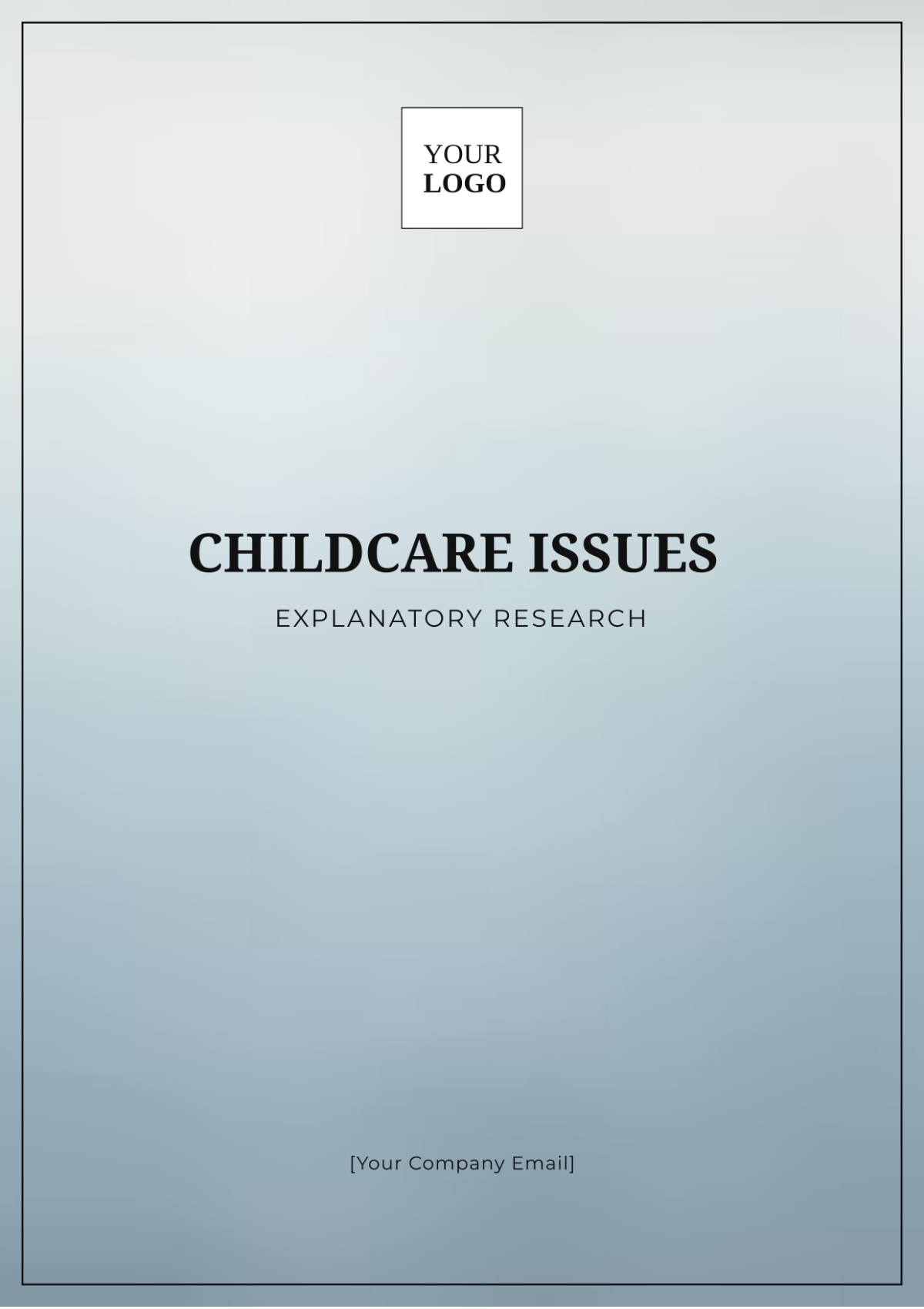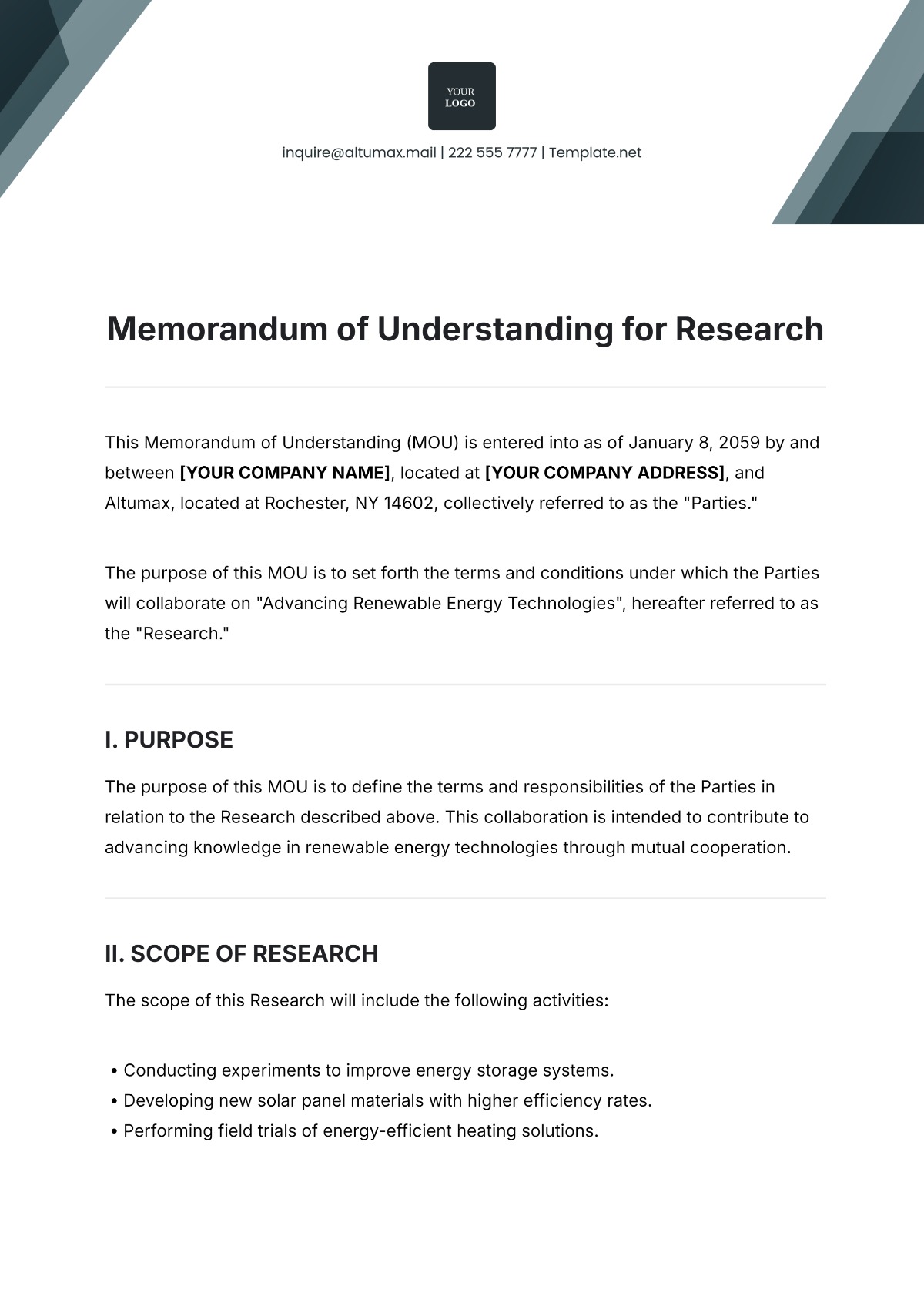Systematic Review Planning
1. Introduction
Systematic reviews are critical tools in synthesizing research evidence, ensuring that conclusions drawn from multiple studies are accurate, unbiased, and comprehensive. This systematic review focuses on the concepts, processes, and methodologies involved in Systematic Review Planning. The purpose is to provide a thorough and educational resource that details the key components, strategies, and best practices in planning a systematic review.
Objectives
To define and explain the concept of Systematic Review Planning.
To identify and discuss the essential steps in planning a systematic review.
To explore common challenges and strategies for effective planning.
To provide a comprehensive guide that can be utilized by researchers, educators, and practitioners in conducting systematic reviews.
2. Background
Systematic reviews have become the gold standard for summarizing evidence in various fields, including healthcare, education, and social sciences. Unlike traditional literature reviews, systematic reviews follow a structured and pre-defined approach to identify, evaluate, and synthesize all relevant research on a particular question. The success of a systematic review largely depends on meticulous planning, which ensures that the review is comprehensive, transparent, and reproducible.
Importance of Systematic Review Planning
Systematic Review Planning is crucial because it sets the foundation for the entire review process. Proper planning ensures that the review is methodologically sound and minimizes bias. It also helps in managing resources efficiently and provides clarity on the review's scope and objectives.
3. Components of Systematic Review Planning
3.1 Formulating the Research Question
The first step in planning a systematic review is to formulate a clear and focused research question. This question guides the entire review process, from literature search to data analysis.
PICO Framework
The PICO (Population, Intervention, Comparison, Outcome) framework is commonly used in healthcare to structure research questions. However, variations of this framework can be adapted for other fields.
Component | Explanation |
|---|---|
Population | The group of individuals or subjects of interest. |
Intervention | The treatment, intervention, or exposure being studied. |
Comparison | The alternative against which the intervention is compared. |
Outcome | The effect or result that is being measured. |
3.2 Defining Eligibility Criteria
Eligibility criteria determine which studies will be included or excluded from the review. These criteria are based on factors such as study design, population characteristics, interventions, outcomes, and publication types.
Inclusion and Exclusion Criteria
Inclusion Criteria: Specify the criteria that studies must meet to be considered for the review, which may involve particular populations, types of study designs (such as randomized controlled trials), or specific outcome measures.
Exclusion Criteria: Identify the characteristics that will disqualify studies from being included. For example, studies with small sample sizes or those published in non-peer-reviewed sources may be excluded.
3.3 Developing a Search Strategy
A systematic review requires a comprehensive search strategy to identify all relevant studies. The search strategy should be thorough, transparent, and reproducible.
A. Databases and Information Sources
The selection of databases and information sources is a critical step. Commonly used databases include:
MEDLINE/PubMed: A primary source for biomedical and life sciences literature.
Cochrane Library: A collection of databases in medicine and other healthcare specialties.
Embase: A biomedical and pharmacological database.
PsycINFO: Covers literature in psychology and related fields.
Web of Science: Provides access to multiple databases, covering various disciplines.
B. Search Terms and Boolean Operators
Search terms should be carefully selected to capture all relevant studies. Boolean operators (AND, OR, NOT) are used to refine search results.
Example Search Strategy:
Population: "adolescents" OR "teenagers"
Intervention: "cognitive-behavioral therapy" AND "group therapy"
Outcome: "depression" OR "anxiety"
3.4 Data Extraction and Management
Data extraction involves collecting relevant data from the studies included in the review. This process must be standardized and systematic to ensure accuracy.
A. Data Extraction Forms
Data extraction forms or templates are used to collect information consistently across studies. These forms typically include fields for:
Study Details: Author, year of publication, study design, sample size.
Population Characteristics: Age, gender, socioeconomic status.
Interventions: Type, duration, intensity.
Outcomes: Measures used, results reported.
B. Managing Data
Effective data management is crucial for organizing and analyzing the extracted data. Software tools like EndNote, Covidence, and RevMan are often used to facilitate data management.
3.5 Assessing the Quality of Studies
Quality assessment is a critical step in systematic review planning, ensuring that the conclusions drawn are based on high-quality evidence.
Quality Assessment Tools
Several tools are available for assessing study quality, including:
Cochrane Risk of Bias Tool: Used for assessing the risk of bias in randomized controlled trials.
Newcastle-Ottawa Scale: Used for assessing the quality of non-randomized studies.
GRADE: Grading of Recommendations, Assessment, Development, and Evaluation is used to rate the quality of evidence.
Tool | Purpose |
|---|---|
Cochrane Risk of Bias Tool | Evaluate bias in randomized trials. |
Newcastle-Ottawa Scale | Assesses quality of non-randomized studies. |
GRADE | Rates the quality of evidence across studies. |
3.6 Data Synthesis and Analysis
Data synthesis involves combining the results from multiple studies to provide a comprehensive answer to the research question. This can be done using qualitative or quantitative methods.
A. Narrative Synthesis
Narrative synthesis is used when a meta-analysis is not feasible due to heterogeneity among studies. It involves summarizing and explaining the findings descriptively.
B. Meta-Analysis
Meta-analysis is a statistical technique used to combine the results of multiple studies. It provides a more precise estimate of the effect size.
Steps in Meta-Analysis:
Extracting data from individual studies.
Assessing heterogeneity across studies.
Calculating pooled effect sizes.
Conducting sensitivity analyses.
3.7 Reporting the Systematic Review
The final step in systematic review planning is to prepare the review for dissemination. This involves writing a comprehensive report that presents the findings clearly and transparently.
PRISMA Guidelines
The Preferred Reporting Items for Systematic Reviews and Meta-Analyses (PRISMA) guidelines provide a framework for reporting systematic reviews. These guidelines include a 27-item checklist and a flow diagram that outlines the study selection process.
PRISMA Checklist Items | Explanation |
|---|---|
Title | Identifies the review as a systematic review. |
Abstract | Summarizes the review's objectives, methods, and findings. |
Introduction | Describes the rationale and objectives of the review. |
Methods | Details the search strategy, eligibility criteria, and data analysis methods. |
Results | Presents the findings of the review. |
Discussion | Interprets the results and discusses their implications. |
Funding | Discloses any sources of funding for the review. |
4. Challenges and Best Practices in Systematic Review Planning
4.1 Common Challenges
Systematic Review Planning can present several challenges, including:
Complexity of the Research Question: Formulating a clear and focused research question can be difficult, especially when dealing with complex or multifaceted topics.
Search Strategy Development: Developing a comprehensive search strategy that captures all relevant studies without including too many irrelevant ones can be challenging.
Managing Bias: Ensuring that the review process is unbiased and transparent requires careful planning and adherence to methodological standards.
4.2 Best Practices
To overcome these challenges, the following best practices are recommended:
Collaborative Planning: Engage a multidisciplinary team in the planning process to ensure that all aspects of the review are covered.
Pilot Testing: Conduct a pilot search and data extraction to identify potential issues before the full review is conducted.
Use of Reporting Guidelines: Adhere to established reporting guidelines, such as PRISMA, to ensure that the review is comprehensive and transparent.
5. Conclusion
Systematic Review Planning is a critical process that lays the foundation for a successful and credible systematic review. By following a structured approach to formulating the research question, defining eligibility criteria, developing a search strategy, and managing data, researchers can ensure that their systematic reviews are comprehensive, unbiased, and reproducible. Adhering to best practices and overcoming common challenges in the planning stage can significantly enhance the quality and impact of the review. This systematic review on Systematic Review Planning serves as an educational resource for researchers, educators, and practitioners, providing a thorough and expansive guide to effective planning.


